Online activity is a two way street: consumers are “showrooming”— browsing businesses and going online, and “webrooming”— researching online and purchasing in brick-and-mortar establishments. Following are insights about success in the connected commerce space.
What Consumers are Doing Online (activities scoring high):
- Looking up product information.
- Checking/comparing prices.
- Searching for deals/promotions/coupons.
What Consumers are not Doing Online (activities scoring low):
- Clicking on email ads.
- Subscribing to product/store emails.
- Liking/tweeting/commenting on social media.
Consumers Pursue Information All the Time (see chart):
- 87% before visiting a business.
- 79% while visiting a business.
- 35% after visiting a business.
 Strategies for Omni-Channel (Online/Offline) Success:
Strategies for Omni-Channel (Online/Offline) Success:
- Be customer-centric: Understand consumers’ demographics, purchase habits, path to purchase.
- Prioritize personalization: Provide clients with relevant, personalized information/offers.
- Think digital, but don’t neglect in-store: Physical establishments maintain many key advantages over online-only channels. Customer service is a differentiator in every channel — providing exceptional service should be a primary focus for businesses.
Connected consumers = smart consumers, and they are using digital options to make informed purchase decisions, from reviewing products/services online to using in business establishments.
“Digital is viewed less as a threat to brick-and-mortar… and more as an opportunity. Today’s winning brands use a combination of on and offline strategies to… help consumers make more informed decisions… [and] add value throughout the entire [purchase] experience.”
— Patrick Dodd, President, Nielsen Global Retailer Vertical
Source: thinkwithgoogle.com
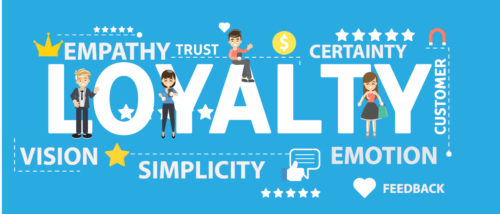
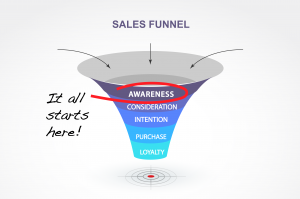

 Google your business to see if it shows up in directories, such as Yellow Pages, Manta, Yelp, Foursquare, etc.
Google your business to see if it shows up in directories, such as Yellow Pages, Manta, Yelp, Foursquare, etc. Many directories add businesses on their own, not based on submissions.
Many directories add businesses on their own, not based on submissions.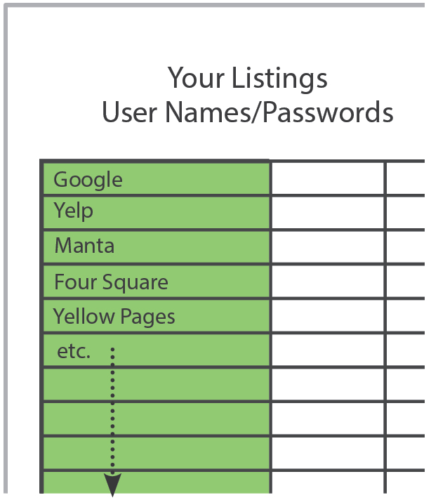


 In the past, companies typically used mass media (ex: TV, print, radio, etc.) to reach large audiences and there was limited data for digital advertising.
In the past, companies typically used mass media (ex: TV, print, radio, etc.) to reach large audiences and there was limited data for digital advertising. 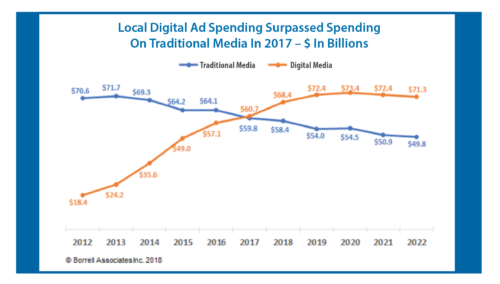
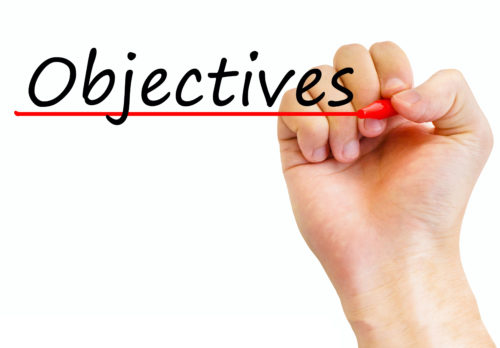 Marketing is the first step in the sales process. Sales conversions typically now take more time, making Return On Objective (ROO) a more realistic standard on which to weigh your efforts versus the common form of using Return On Investment (ROI).
Marketing is the first step in the sales process. Sales conversions typically now take more time, making Return On Objective (ROO) a more realistic standard on which to weigh your efforts versus the common form of using Return On Investment (ROI).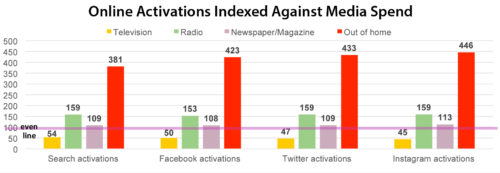

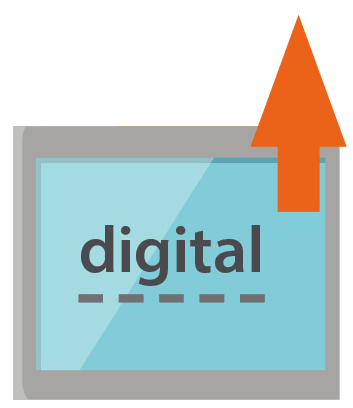





 2. Review Competitors’ Websites
2. Review Competitors’ Websites 5. Understand Pricing and Special Offers
5. Understand Pricing and Special Offers 7. Learn How Internet and Social Media are Being Used to Communicate
7. Learn How Internet and Social Media are Being Used to Communicate